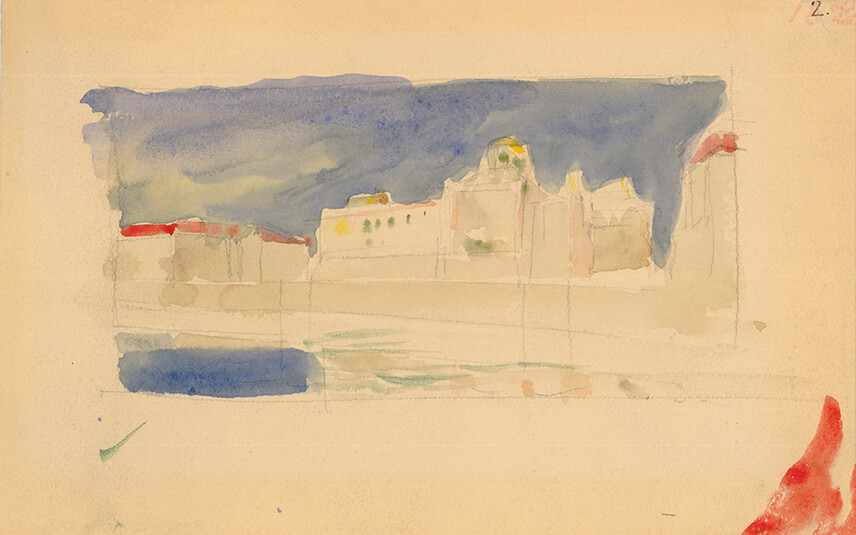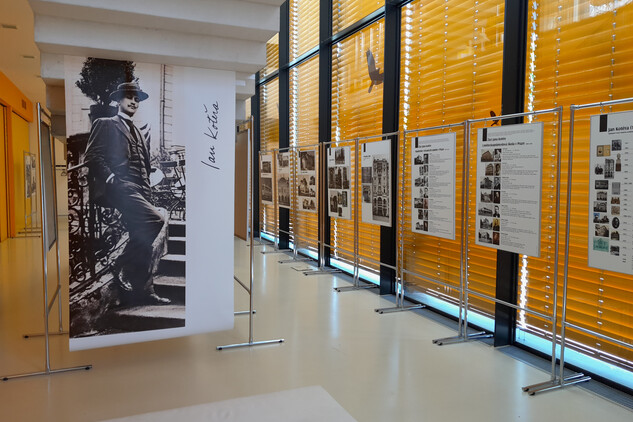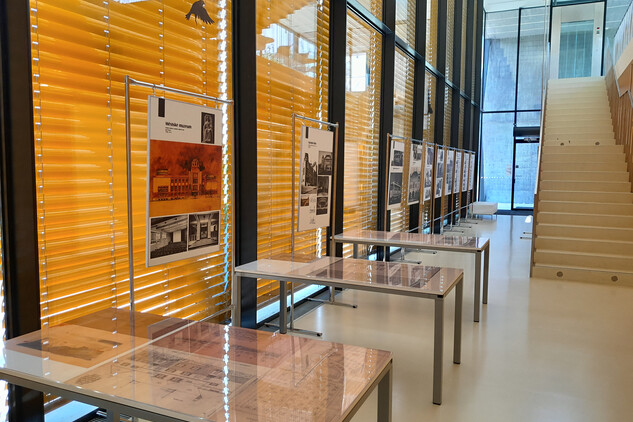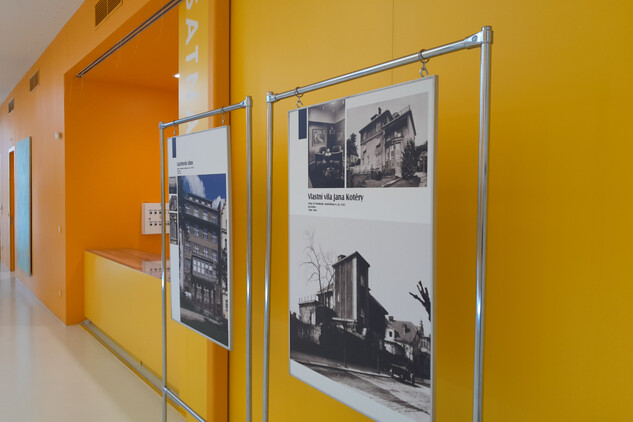Jan Kotěra, founder of the Czech modern architecture

The round 150th anniversary of the birth of the Brno native and founder of Czech modern architecture was already last year, and we are now commemorating it with an exhibition in the lecture and exhibition building in the area of the villa Stiassni in Brno. Information panels, photographs and plans as well as exhibits borrowed from the National Technical Museum will be on view until September 26.
The core of the exhibition is the former Jan Kotěra 150 exhibition, which took place in the riding hall of Prague Castle last year. It presents early works starting with one of the first Art Nouveau realizations in Prague - Peter's House on Wenceslas Square, or a set of early villas - Trmal and Sucharda villas in Prague, Macha villa in Bechyně or Tondra villa in Sankt Gilgen, Austria. Furthermore, two of the important realizations in Hradec Králové - District House (1903-1904) and the most important Kotěra's work Municipal Museum in Hradec Králové (1906-1913). There is also a representative Lemberger-Gombrich villa in Vienna (1913-1915). The last realization that Kotěra did not see and was carried out by his collaborator Ladislav Machoň is the Faculty of Law in Prague. The pedagogical work of Jan Kotěra will also be mentioned. As one of the curators of the exhibition, Dr. Oldřich Janota sayd, "Kotěra educated 41 young Czech architects at the School of Applied Arts, including Adolf Foehr, Josef Gočár, Jan Letzel, František Lydie Gahura, Jaromír Krejcar or Bohuslav Fuchs, who is absolutely crucial for Brno." The exhibition presents Kotěra's most famous buildings, projects and also little-known fragments from the architect's life. It was prepared by the Kotěra Center for Architecture together with the National Heritage Institute, the Methodological Center for Modern Architecture in Brno.


